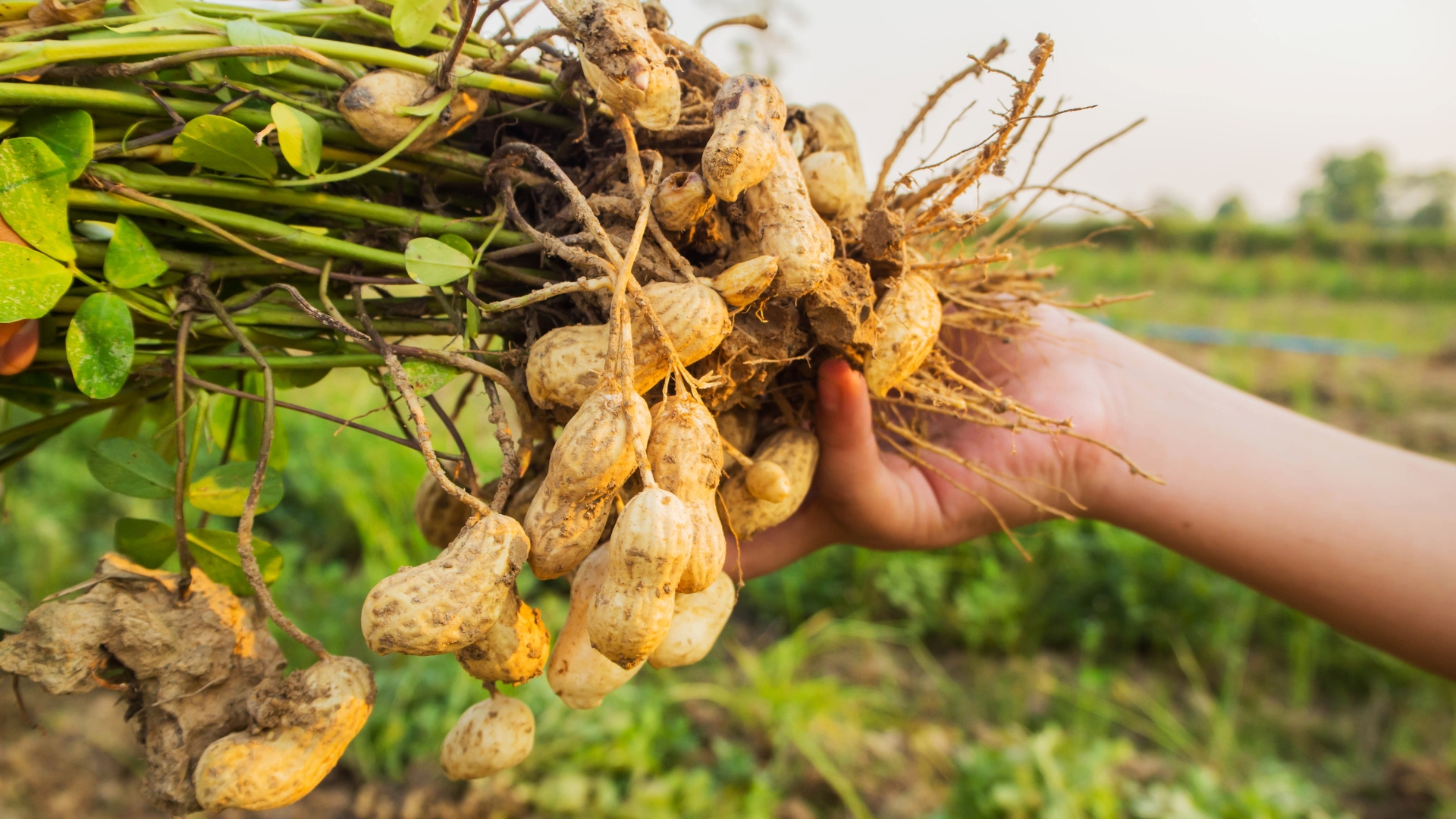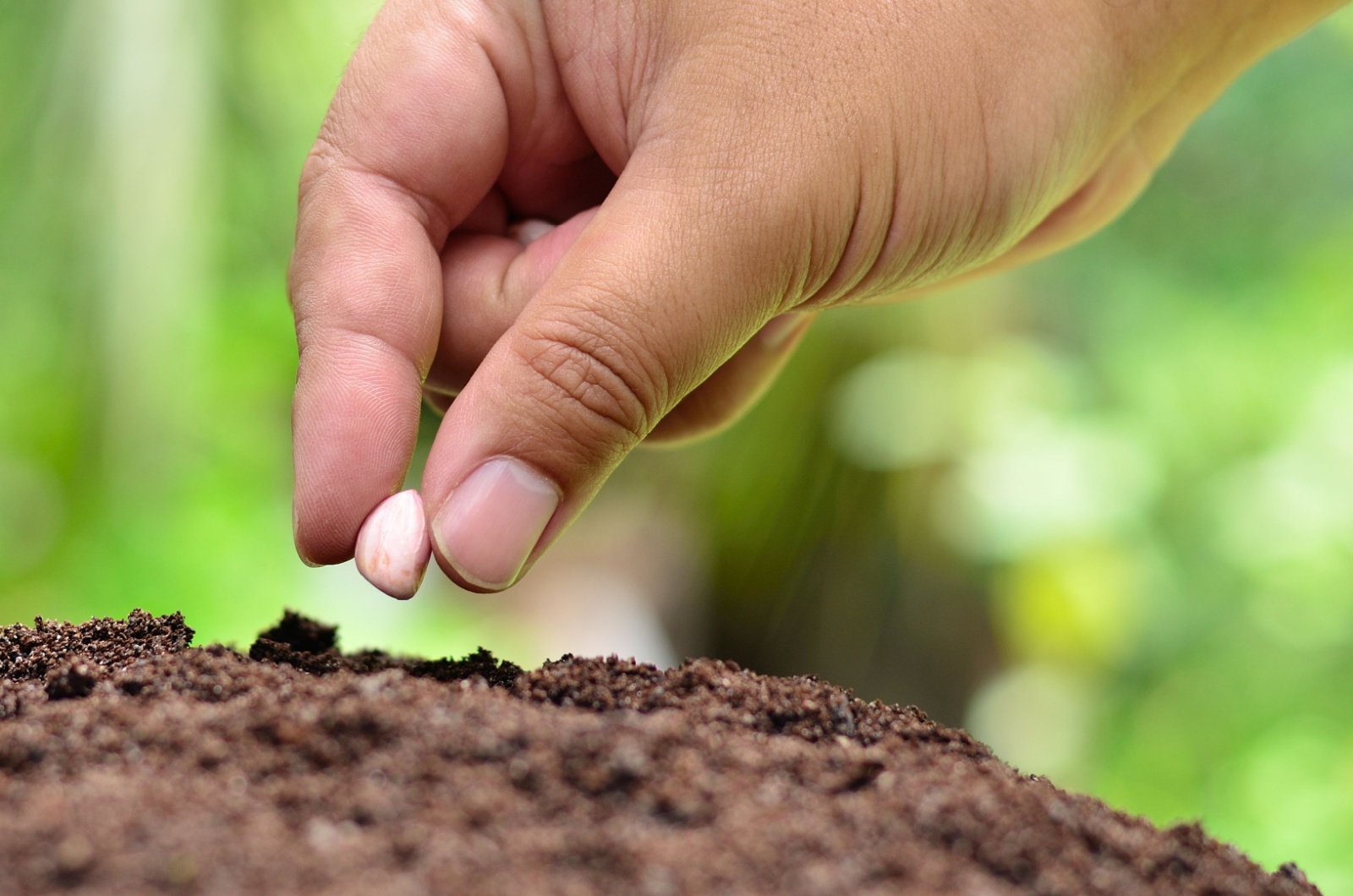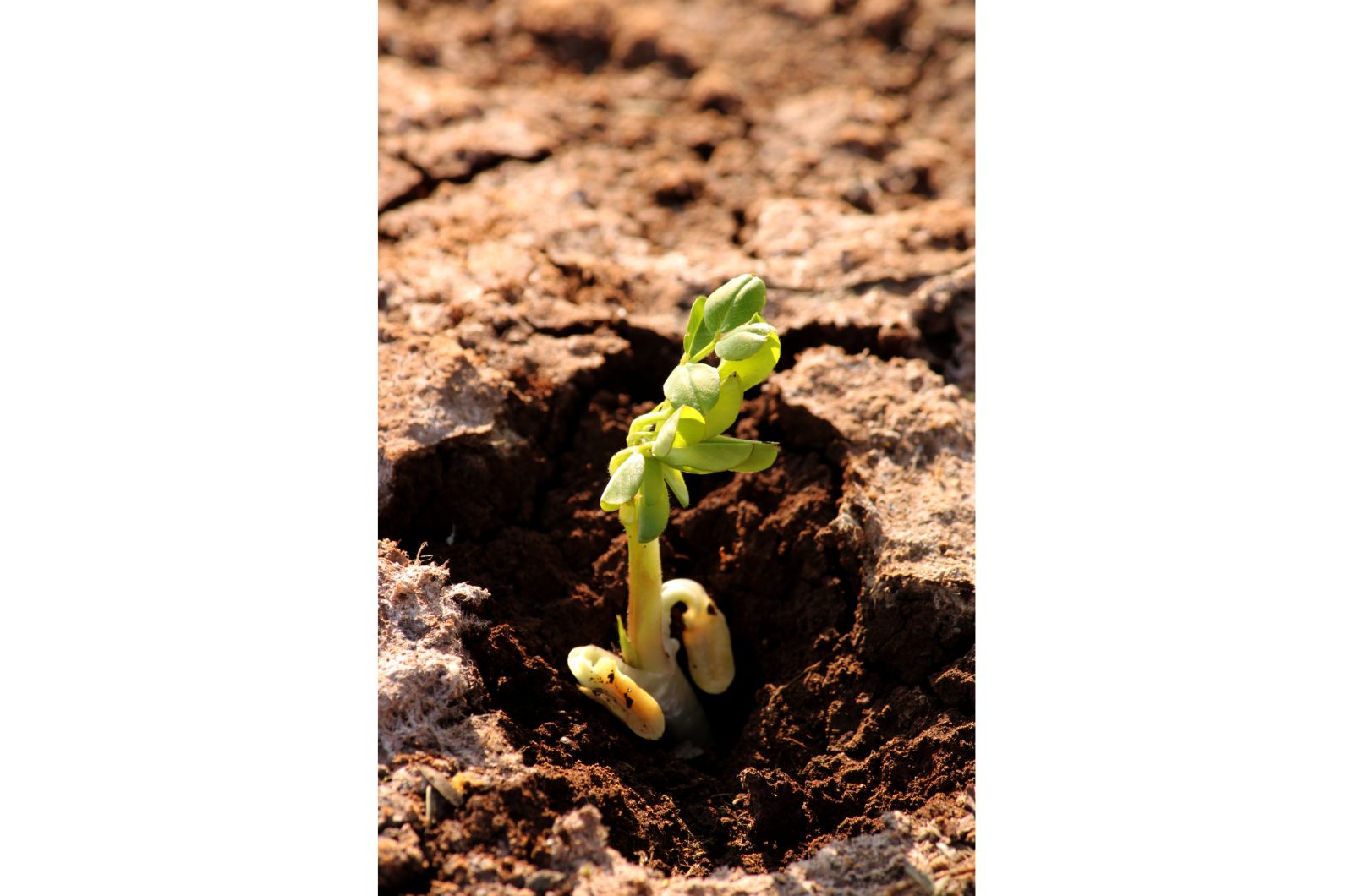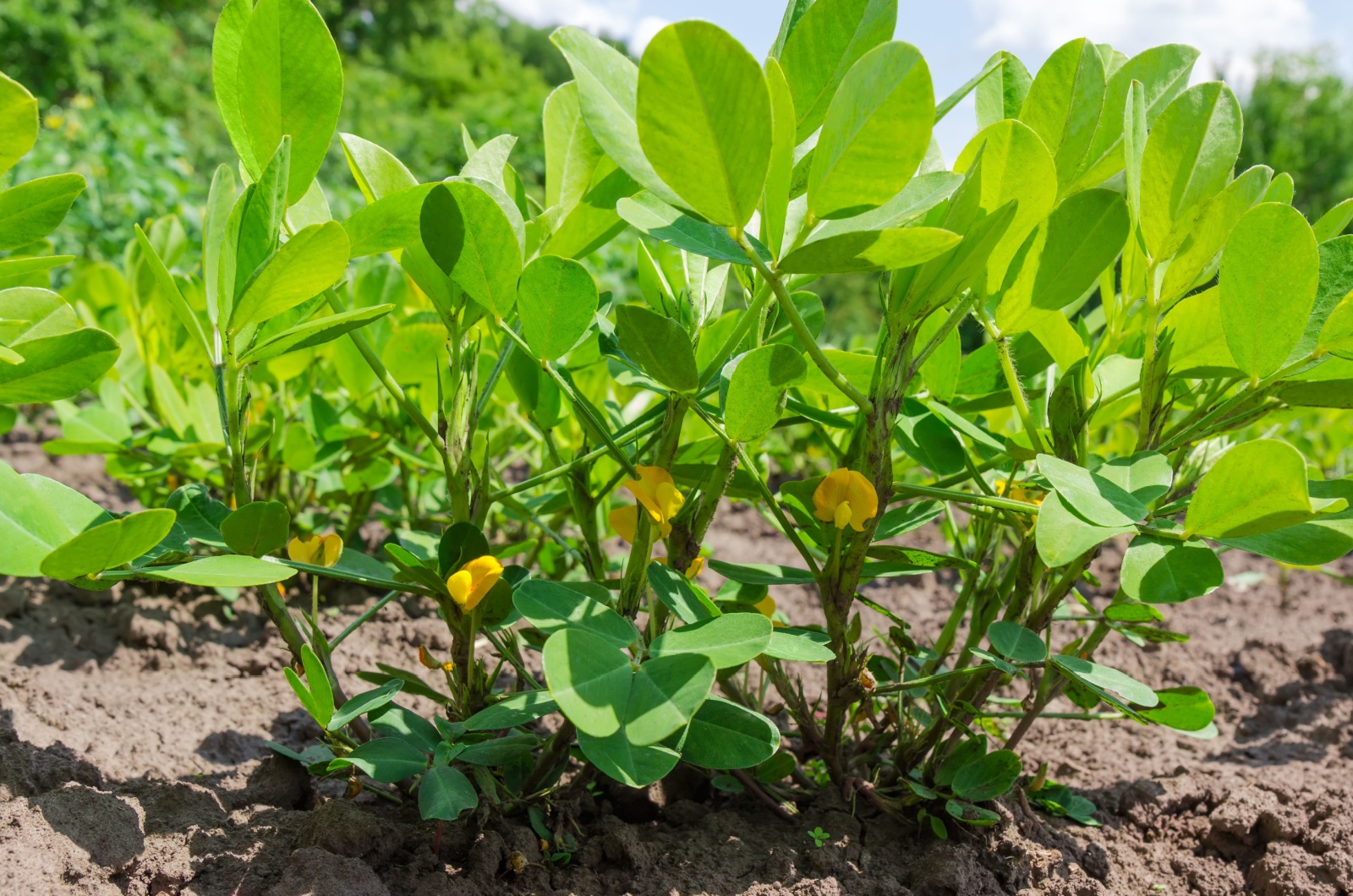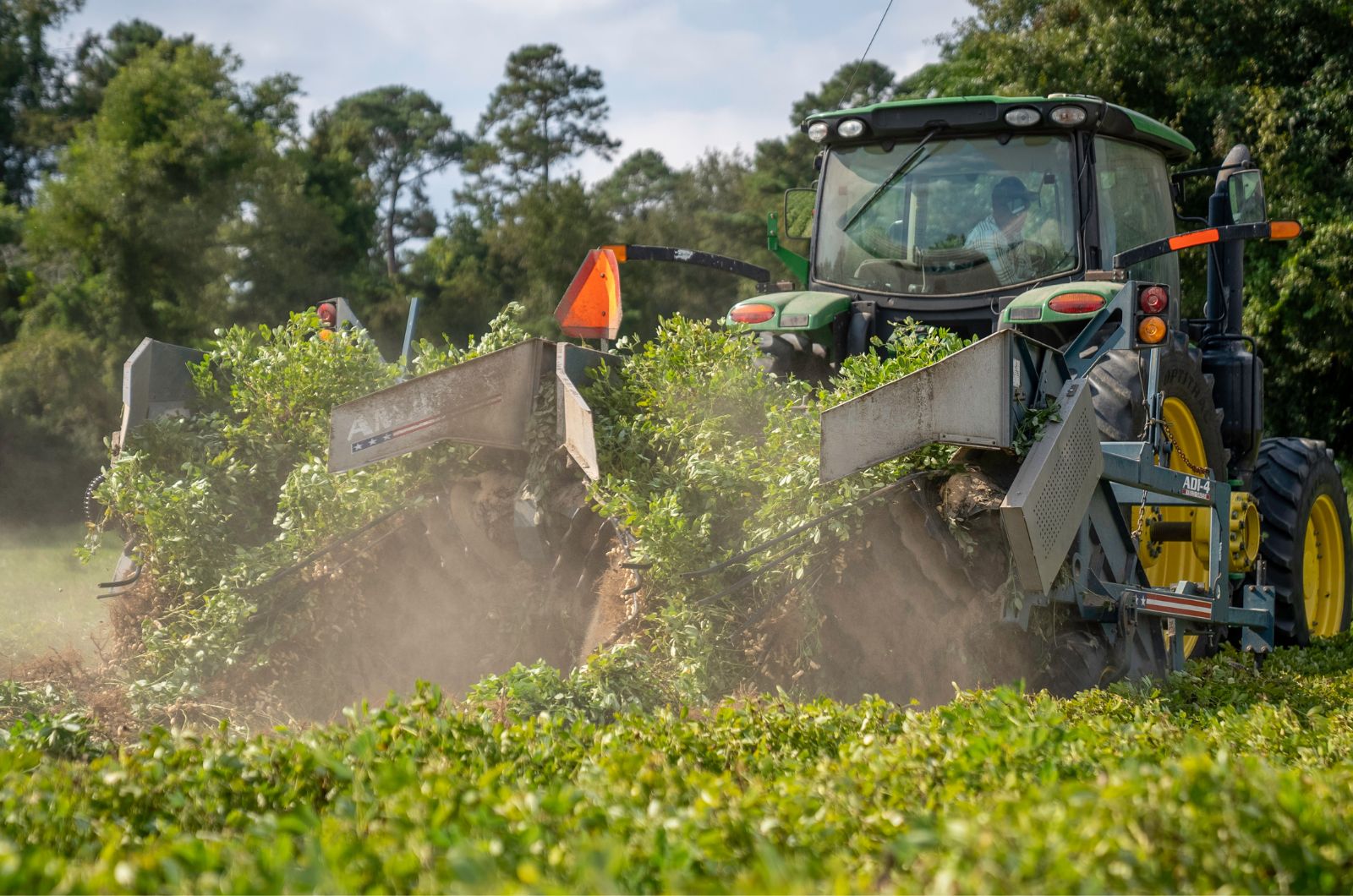“Well, this is surprising!” I’ve been saying this sentence often since the beginning of my gardening journey. But the thing that surprised me most was when I learned the way a peanut plant grows.
As soon as my fellow gardener told me that we call peanuts ground nuts, I knew something was strange about these plants. I mean, nuts grow on trees and bushes, right? Not peanuts, though.
Shocked much? I was too when I found out. The beginning and the end of the peanut growth cycle are the same as for all nut species but things in between are different. Simply put, peanuts aren’t real nuts! Yes, you read that right; in botany, these plants are classified as legumes!
As Usual, Everything Starts With Planting The Seeds
Nothing suspicious here! For peanuts, the growth cycle begins once we sow their seeds in the ground.
This plant is native to South America, which means the soil temperatures need to be higher for the seeds to germinate. US peanut farmers become busy bees as soon as April approaches. Sowing peanut seeds can start in May, depending on the hardiness zone.
But a general rule is to start peanut seeds once the soil temperatures reach 65-70 degrees Fahrenheit.
The peanut seeds the farmers use are actually treated kernels from last year’s growth. Well, the peanuts you bought in Walmart last week will have a hard time developing into plants!
Then The Seedlings Emerge From The Ground
Peanuts enter the second growth stage approximately 10 days after initial planting. The process is pretty much the same as for all seedlings, but it’s still fascinating to watch.
The seeds I sowed this year have already started producing the first sprouts; they’re getting bigger and bigger every day and, best of all, the green color is overshadowing the dull brown soil.
Of course, farmers ensure all the necessary conditions for the seedlings to develop further. The leafy growth typically reaches 18 inches before the next growth stage begins.
The First Flowers Are Here!
Now to the good part! Once the peanut seedlings develop fully, the plant focuses its energy on producing flowers. It takes about 40 days for the peanut plant to start flowering after planting.
Yellow blossoms appear on the plant, and if you ask me, I would love to have them next to my flowering perennials! Who knows, maybe I’ll add a couple of peanut plants to my garden beds next season.
Flowers will pollinate themselves and, after the petals fall off, the ovary finally starts to form.
Pegging Growth Stage -And This Is Where Things Get Freaky
Buckle up for the best part I’ve been buzzing about! You would expect peanuts to develop above the ground level, but things don’t go that way.
The budding ovary (the part that will turn into a peanut) is called a peg. So, pegging is a unique feature of peanut plants, but what does it mean?
As soon as the peg starts enlarging, it starts to grow down and form a stem that goes in the ground. The tiny tip of this peg is actually a peanut embryo and it settles below the ground line.
It will turn horizontally to the ground surface and finally get that peanut shape.
Believe it or not, each peanut plant can produce over 40 seed pods!
Peanuts Become Heavy Drinkers
All plants need water but peanuts are way more demanding. Even shorter periods of drought can inhibit peanut growth, so rainfall rarely meets all the requirements.
So, farmers must ensure enough water to keep peanut soil consistently moist.
But they’ll return the favor to their water suppliers. They will not only produce a lot of seed pods, but they’ll also improve the soil by increasing the nitrogen content.
You Would Think That Harvesting Is the Last Step, But…
Peanut plants typically need 120-160 days to mature and be ready for harvest. Farmers closely observe the soil at this point because they can start harvesting when the soil isn’t too dry or too wet.
It’s time for digging! The long blades of the digger go 6 inches below the soil line, loosening the plant and freeing the tap root.
Peanuts aren’t ready for storage until their vines dry out entirely, which takes 2-3 days. But that’s not the end – there’s one more thing the peanuts must go through!
Combine Finally Steps In
Thank you technology! Separating vines from the peanuts was the hardest part of peanut cultivation in the past.
Combines do all the work nowadays and, after they’re done with separating, it’s time for peanuts to go into wagons equipped with a special warm circulation system.
Peanuts finally go into storage and the exportation can begin! Who knew such a small nut, I mean legume, could cause such a stir? Well, the next time you take a peanut in your hand, remember how long it took it to get there!

